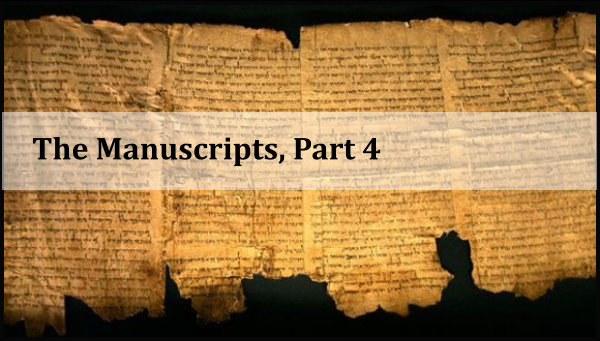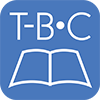By Tyson Thorne

In our exploration of objections to the preservation of the New Testament we come to a couple of passages, one very much beloved by tradition, that are of questionable origin. As we mentioned last time, there are some passages that traditionally have been included as part of the Bible that may not have been authored by the original writers. This tradition began with the very first translation efforts. For instance, the translation that King James funded and directed was based on a majority-rule style of translation. This means that the more manuscripts that read a particular way is the reading that would be preferred.
This approach sounds good on the surface, until it is revealed that the majority of manuscripts we have or of a late date. That means the earlier manuscripts – the ones closest to the original date of writing and are more accurate – are ignored. This doesn’t mean the translations from later manuscripts are poor, only that they could be better. As we have grown in our understanding of translation, and as early manuscripts are unearthed two things become apparent: (1) there are stumbling blocks in our understanding of Scripture and (2) the accuracy of the Bible we hold in our hands today is remarkable and trustworthy.
Fully acknowledging the problems we have faced and have yet to overcome ought only increase faith rather than diminishing it. One of those problem passages is loved by believers around the globe. John 7.53-8.11, the story of the woman caught in adultery, the one with the famous “He who has no sin cast the first stone…” line, may not be a part of the Bible at all. As provocative as this may sound, it is likely true. As with the ending of the Gospel of Mark we discussed last time, the earliest manuscripts do not contain this story. Unfortunately, this passage isn’t as cleanly cleaved from our traditions.
One of the reasons for this is that the story has been included in the book of John since the 5th century AD and it was argued by Jerome that its inclusion should not be questioned (the story was contained in the earliest manuscripts known at the time). Furthermore, In Jerome’s time and possibly earlier the churches of Rome read the passage during Lent; two late antique Egyptian ivory boxes with New Testament scenes depict Jesus with the adulteress; in many liturgies, the passage was assigned as the reading for the feast day of Saint Pelagia; and when the twelfth-century scholar Eustathios of Thessaloniki preached two sermons on the adulteress’s story, he called it a “great pearl of the gospel.” Is it any wonder the story, even if not inspired, has the support of so many believers?
The story may be true and part of another document, or it may be apocryphal, or it may be a complete fiction. We may never know with certainty, but one thing we do know is that the earliest manuscripts and quotes from John do not contain the story, making it suspect. Unlike the ending of the book of Mark, there is no theological implications no matter the source of the story. While it may call into question how the Mosaic law ought to be applied, there are plenty of possible explanations to resolve all such difficulties found in the story itself, though it is beyond our purpose here to exegete the passage.
To clean up our discussion of suspect passages, we should look briefly at John 5.3-4 and Acts 8.37. The John passage contains only elaboration on the events described in the first part of verse three. The verse in acts only inserts a brief explanation of the gospel before Philip baptizes the Ethiopian eunuch. Once more we find that the possible variants do not affect our understanding of the passage or impact any theology whatsoever.
Our hope here at Think-Biblically.com is to instruct and to deliver truth that reinforces the believer’s faith. We have overcome the objections of those opposed to the Bible and, therefore, opposed to God. There is no reason to doubt the veracity or the authenticity of the Bible we have. There are two other objections commonly made by intellectuals to the truthfulness of the New Testament, which we’ll tackle next.
Continue to Conclusion
|
|
